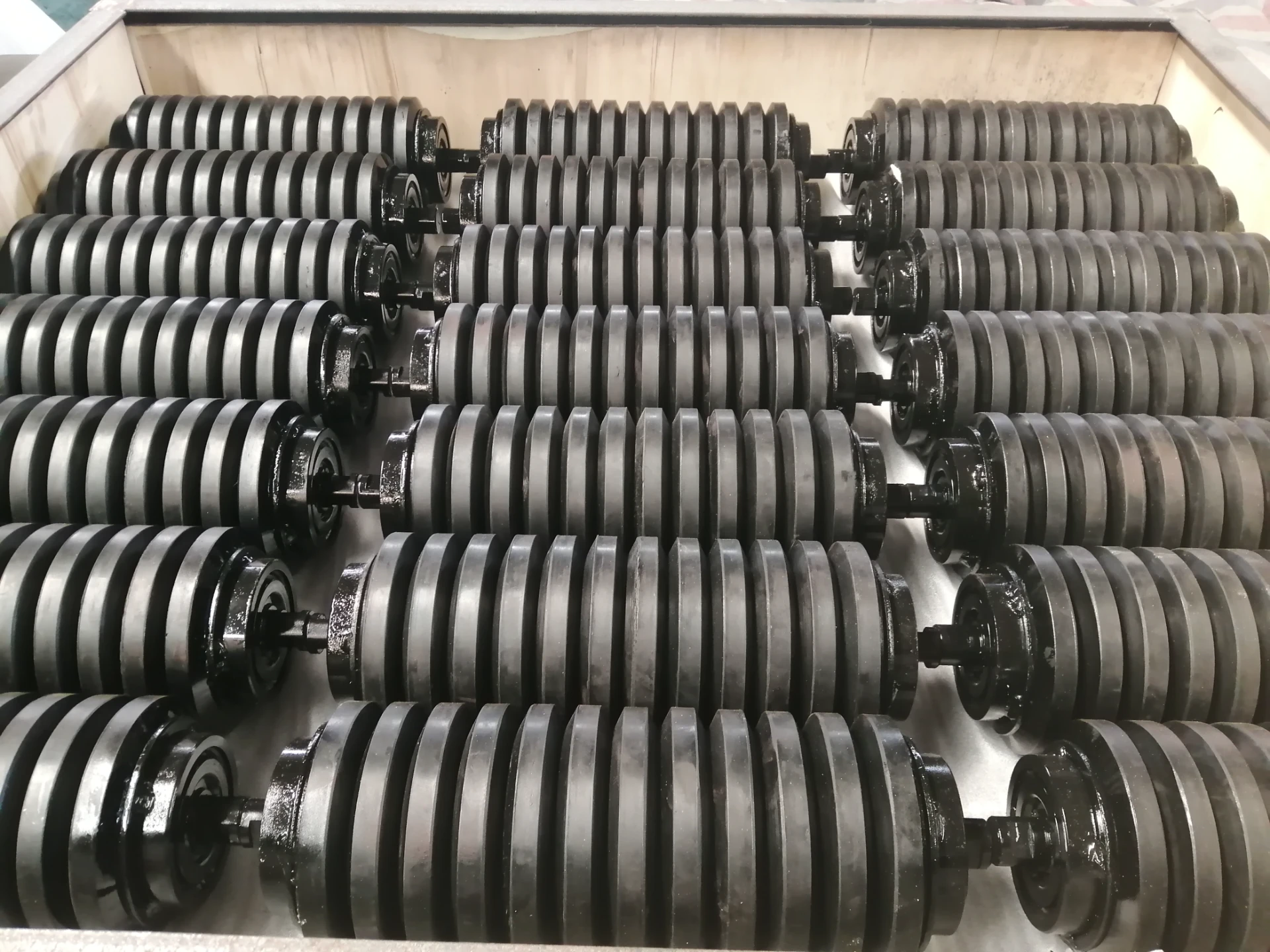 Afrikaans
Afrikaans  Albanian
Albanian  Amharic
Amharic  Arabic
Arabic  Armenian
Armenian  Azerbaijani
Azerbaijani  Basque
Basque  Belarusian
Belarusian  Bengali
Bengali  Bosnian
Bosnian  Bulgarian
Bulgarian  Catalan
Catalan  Cebuano
Cebuano  Corsican
Corsican  Croatian
Croatian  Czech
Czech  Danish
Danish  Dutch
Dutch  English
English  Esperanto
Esperanto  Estonian
Estonian  Finnish
Finnish  French
French  Frisian
Frisian  Galician
Galician  Georgian
Georgian  German
German  Greek
Greek  Gujarati
Gujarati  Haitian Creole
Haitian Creole  hausa
hausa  hawaiian
hawaiian  Hebrew
Hebrew  Hindi
Hindi  Miao
Miao  Hungarian
Hungarian  Icelandic
Icelandic  igbo
igbo  Indonesian
Indonesian  irish
irish  Italian
Italian  Japanese
Japanese  Javanese
Javanese  Kannada
Kannada  kazakh
kazakh  Khmer
Khmer  Rwandese
Rwandese  Korean
Korean  Kurdish
Kurdish  Kyrgyz
Kyrgyz  Lao
Lao  Latin
Latin  Latvian
Latvian  Lithuanian
Lithuanian  Luxembourgish
Luxembourgish  Macedonian
Macedonian  Malgashi
Malgashi  Malay
Malay  Malayalam
Malayalam  Maltese
Maltese  Maori
Maori  Marathi
Marathi  Mongolian
Mongolian  Myanmar
Myanmar  Nepali
Nepali  Norwegian
Norwegian  Norwegian
Norwegian  Occitan
Occitan  Pashto
Pashto  Persian
Persian  Polish
Polish  Portuguese
Portuguese  Punjabi
Punjabi  Romanian
Romanian  Russian
Russian  Samoan
Samoan  Scottish Gaelic
Scottish Gaelic  Serbian
Serbian  Sesotho
Sesotho  Shona
Shona  Sindhi
Sindhi  Sinhala
Sinhala  Slovak
Slovak  Slovenian
Slovenian  Somali
Somali  Spanish
Spanish  Sundanese
Sundanese  Swahili
Swahili  Swedish
Swedish  Tagalog
Tagalog  Tajik
Tajik  Tamil
Tamil  Tatar
Tatar  Telugu
Telugu  Thai
Thai  Turkish
Turkish  Turkmen
Turkmen  Ukrainian
Ukrainian  Urdu
Urdu  Uighur
Uighur  Uzbek
Uzbek  Vietnamese
Vietnamese  Welsh
Welsh  Bantu
Bantu  Yiddish
Yiddish  Yoruba
Yoruba  Zulu
Zulu drive pulley in belt conveyor
Understanding Drive Pulleys in Belt Conveyors
Belt conveyors are essential pieces of equipment in various industries, serving as efficient systems for material transportation. At the heart of these conveyors lies the drive pulley, a vital component that plays a critical role in the operation and efficiency of the system. This article explores the significance, functioning, and maintenance of drive pulleys in belt conveyors.
What is a Drive Pulley?
A drive pulley, also known as a drive drum, is a cylindrical component located at one end of a conveyor belt. Its primary function is to provide the necessary force to move the belt and, consequently, the material placed upon it. The drive pulley is typically connected to a motor through a series of gears or belts, which transfer power to the pulley, enabling it to rotate.
Functionality of Drive Pulleys
The functionality of drive pulleys can be understood through their mechanical operations. When the motor engages, it turns the drive pulley, which in turn moves the attached conveyor belt. This movement enables materials to be transported from one point to another, making it an efficient mode for handling bulk materials.
Drive pulleys are designed to maintain a specific tension on the belt, which is crucial for preventing slippage and ensuring smooth operation. Tension is achieved through the weight of the pulley itself, along with any additional mechanisms such as adjustable take-ups. Proper tensioning is essential, as too much slack can lead to belt misalignment and potential mechanical failures.
Types of Drive Pulleys
There are generally two types of drive pulleys used in belt conveyors lagged and unlagged pulleys.
1. Lagged Pulleys These pulleys have a layer of hard material, such as rubber, applied to their surface. This layer enhances friction between the pulley and the conveyor belt, reducing the likelihood of slippage. Lagged pulleys are ideal for applications where materials are heavy and require a stronger grip.
drive pulley in belt conveyor

2. Unlagged Pulleys These are typically made of steel and do not have a protective surface coating. They are often used in lighter applications where the risk of slippage is minimal, or when the conveyed materials are not overly abrasive.
Maintenance of Drive Pulleys
Regular maintenance of drive pulleys is essential for ensuring the longevity and efficiency of a belt conveyor system. Here are some key maintenance practices
- Visual Inspections Regularly check the hardware for signs of wear, such as cracks or deformation. Inspect the alignment of the pulley as misalignment can lead to increased wear on the belt and the pulley itself.
- Lubrication Ensure that bearings are adequately lubricated to prevent overheating and wear. Use the appropriate lubricant as specified by the manufacturer.
- Check for Wear Over time, the surface of the pulley can wear down, especially in lagged pulleys. Replace lagging when it shows excessive wear to maintain effective friction and performance.
- Monitor Tension Assess the tension of the belt regularly. Proper tension ensures optimal performance and minimizes the chance of slippage.
Conclusion
Drive pulleys are integral to the effective functioning of belt conveyors. Understanding their design, operation, and maintenance can significantly impact the overall efficiency and reliability of material transport systems in various industrial settings. By investing in the proper maintenance and care of drive pulleys, businesses can enhance the productivity of their conveyor systems while minimizing downtime due to equipment failure. In today’s fast-paced industrial environment, every moment counts, making the role of drive pulleys even more critical than ever.
-
Revolutionizing Conveyor Reliability with Advanced Rubber Lagging PulleysNewsJul.22,2025
-
Powering Precision and Durability with Expert Manufacturers of Conveyor ComponentsNewsJul.22,2025
-
Optimizing Conveyor Systems with Advanced Conveyor AccessoriesNewsJul.22,2025
-
Maximize Conveyor Efficiency with Quality Conveyor Idler PulleysNewsJul.22,2025
-
Future-Proof Your Conveyor System with High-Performance Polyurethane RollerNewsJul.22,2025
-
Driving Efficiency Forward with Quality Idlers and RollersNewsJul.22,2025





























